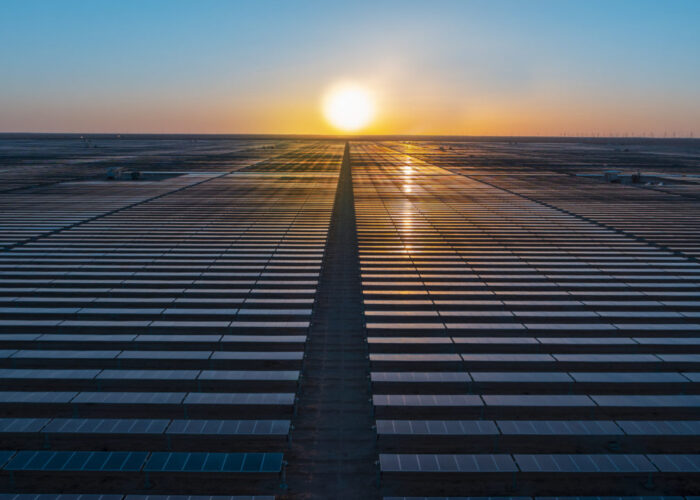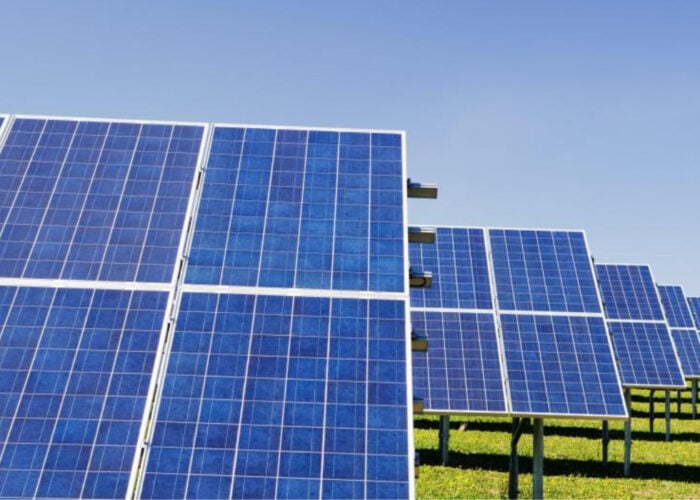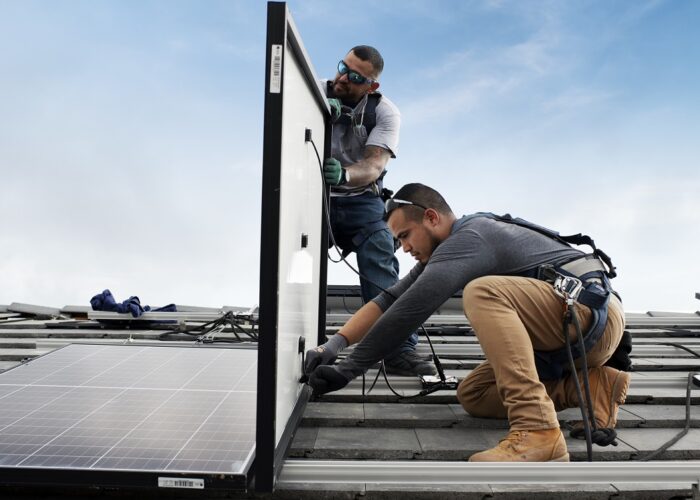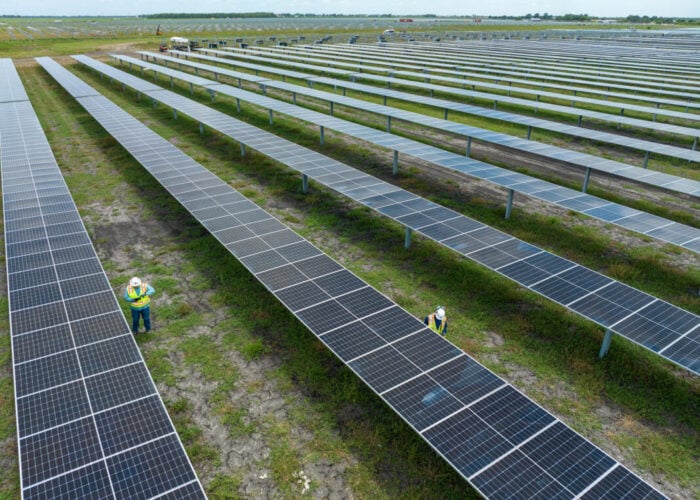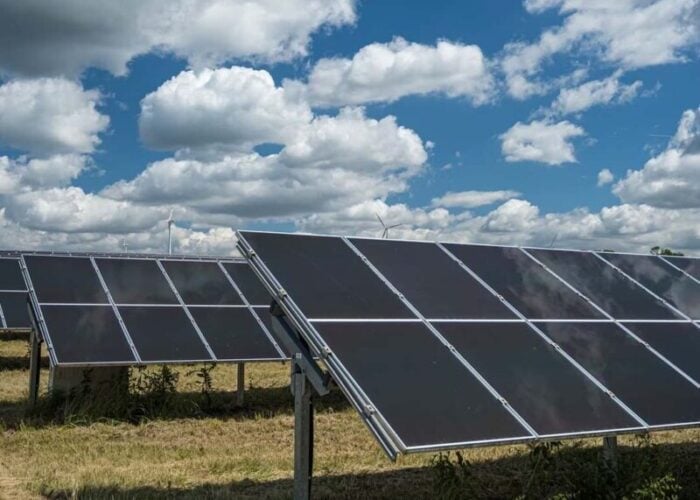
Imec, a research and innovation hub in nanoelectronics, energy and digital technologies and EnergyVille, together with PVcase, a Lithuanian software company have developed a commercial software solution that allows to easily design and accurately predict the energy yield of state-of-the-art photovoltaic (PV) power plants. First blind tests of the prototype software were said to show best-in-class results for bifacial PV plants and the go to market is targeted for the first half of 2020. The results of the co-development will be presented by Imre Horvath from imec at EU PVSEC on Thursday, key note September 12, in the session PV systems and storage, between 10.30 at 12pm.
Problem
Unlock unlimited access for 12 whole months of distinctive global analysis
Photovoltaics International is now included.
- Regular insight and analysis of the industry’s biggest developments
- In-depth interviews with the industry’s leading figures
- Unlimited digital access to the PV Tech Power journal catalogue
- Unlimited digital access to the Photovoltaics International journal catalogue
- Access to more than 1,000 technical papers
- Discounts on Solar Media’s portfolio of events, in-person and virtual
In the development of PV power plants, bifacial and sun-tracking systems are becoming increasingly popular. Bifacial systems also generate electricity from sunlight reflecting on the backside of the solar panels, resulting in an increased production and lower levelized cost of electricity (LCOE). Their market share is predicted to grow to 40% of all installations in the next decade. While sun-tracking systems promise LCOE reductions as well, the combination of both technologies have the potential of reaching record low energy-cost levels. However, for investors and EPC (engineering, procurement and construction) companies developing PV power plants, the ability to predict the energy yield (and thereby the return on investment) of their plants in the design phase is crucial. Current available software tools are claimed to have limited modelling capabilities for bifacial and sun-tracking systems, resulting in time consuming design iterations and limited accuracy for these new technologies.
Solution
By combining imec’s simulation methodology with the know-how of PVcase in PV site planning and software development, a commercially available solution will be born, offering a streamlined workflow to design PV power plants including accurate energy yield at acceptable costs. A simulation using the new tool starts from the PV technology parameters (e.g. cell and module specs) and takes into account contextual factors such as climate data (light, wind, weather…), anticipated plant layout and geometry, surrounding obstacles etc. The prototype software was said to have outperformed the competition in a blind test by a potential launching customer. At this moment PVcase has transferred imec’s computation core in a user-friendly, web-based environment, which enables the use of cloud computing.
Applications
Yield-simulation software for solar parks, notably with bifacial PV modules and single axis tracker systems.
Platform
The new software enables topographical PV layouts for precision design
with imported terrain details to optimize frame placement. Automatic cross section production to save time comes directly from the 3D model, including frames, cabling, terrain and construction elements. Fully customizable electrical design to save hours of repetitive work, using advanced algorithms that comply with industry standards. Has the ability to export 3D shading scenes to PVSyst & other 3D rendering software to get very precise yield reports or create impressive tender visuals. Create and generate custom single-axis tracking frames with our easy-to-use and intuitive interface.
Availability
The software should be launched in the first half of 2020.

